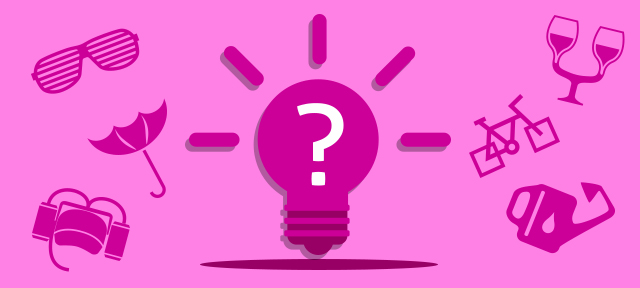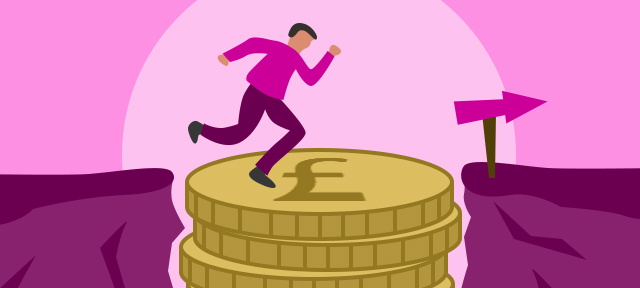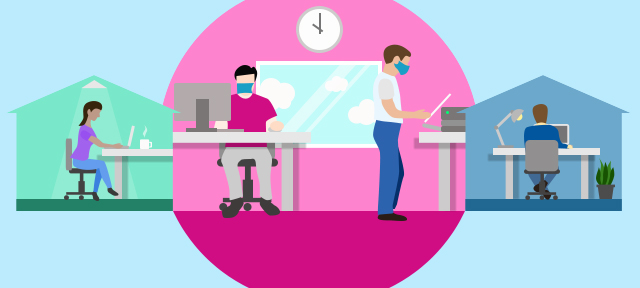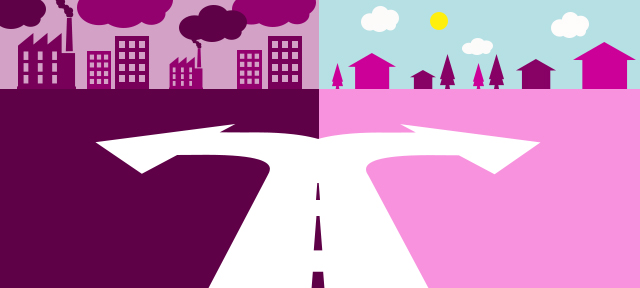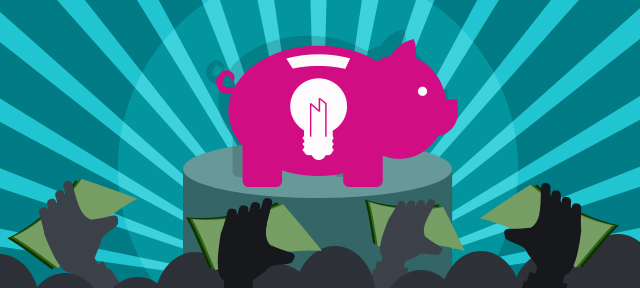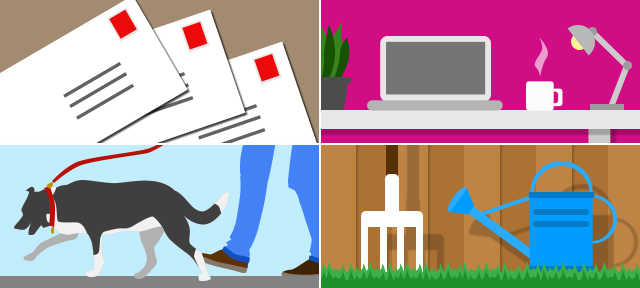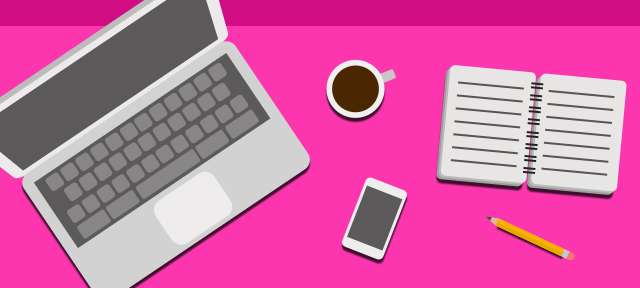In last week’s article, we focused on the difficulties of attracting investment if you are a private inventor. As we demonstrated, a certain amount of time, resource and capital has to be undertaken before any investor would even begin to take a pitch from you seriously. As a result of this, many small start-ups are seeking alternative ways to bring a product idea to life.
One new approach that’s been steadily growing in popularity is crowdfunding. Through the emergence of websites like Crowdcube and Seedrs ,crowdfunding is revolutionising the way businesses and projects are being funded, allowing small start-ups to use the power of the internet, social media and engagement to recruit and raise funds through a large number of small investors or lenders.
Nowadays, crowdfunding sites are heavily regulated by the Financial Conduct Authority (FCA) making them a safer proposition to many new investors who might have been discouraged by the risks in the past. There are also notable tax relief benefits of up to 50% available to investors through Seed Enterprise Investment Schemes (SEIS) and Enterprise Investment Schemes (EIS), making crowdfunding investments very attractive and potentially lucrative. Within crowdfunding itself, there are three models for raising funds which are equity-based, loan based and reward based, allowing a lot of flexibility to the start-up and the investor.
For private inventors, crowdfunding is seemingly a great way of getting traction for your idea and delivering your finished product into the hands of your target market. The flexibility of crowdfunding means that it is possible for private inventors to recruit more than just financial investment in the form of hard cash. For example, some “investors” with design or technology expertise will offer time in kind and lend valuable advice if the inventor was to run in to a hitch involving something such as manufacturing during the product development stage.
However, the golden rule of any New Product Development (NPD) is to protect your idea with intellectual property. With crowdfunding it would be easy to fall foul of the copy cats so the trick is to provide enough information to entice the investors, but not to divulge so much that it puts your product in jeopardy before it’s even entered the marketplace.
Crucial to this is ensuring you have developed a robust intellectual property strategy. You should make sure that you’ve filed all necessary patent, design and/or trademark applications before you go public on a crowdfunding site. It is also crucial that you have worked out your timings, to make sure that you have enough funding to see you through the various stages in intellectual property filings and product development. If you postpone developing an IP strategy, patent protection (for example) is unavailable and you run the risk of losing the rights to your own invention.
You also must know the exact detail and terms of your product offering, even if this means delaying going public until all the details have been ironed out. It is easy to get whipped up in the excitement of the moment but it’s important to keep your feet firmly on the ground. Seeking advice from an IP Attorney and having supporting illustrations for your new product provided by an experience Product Designer will help to secure your legal position.
The expertise of a Pleasure Product Design Consultancy like Sated Design could be a clever move during the early stages of your New Product Development (NPD), however as a full service agency we can step in at any time up to the point of manufacture to assist you on your journey. Contact us today.
Sharing











